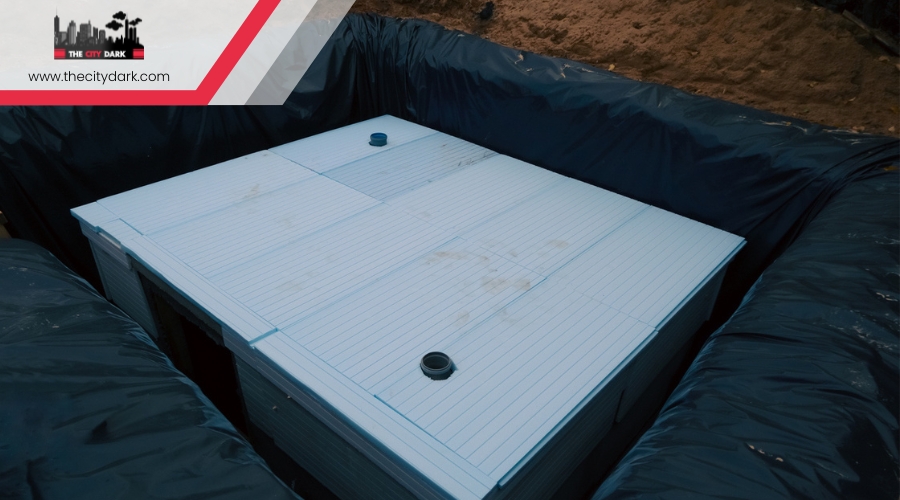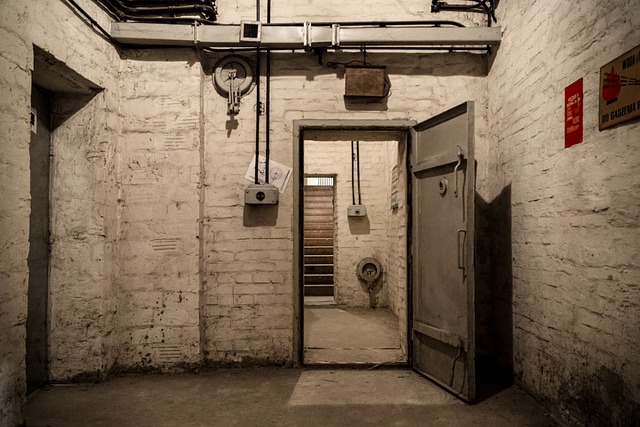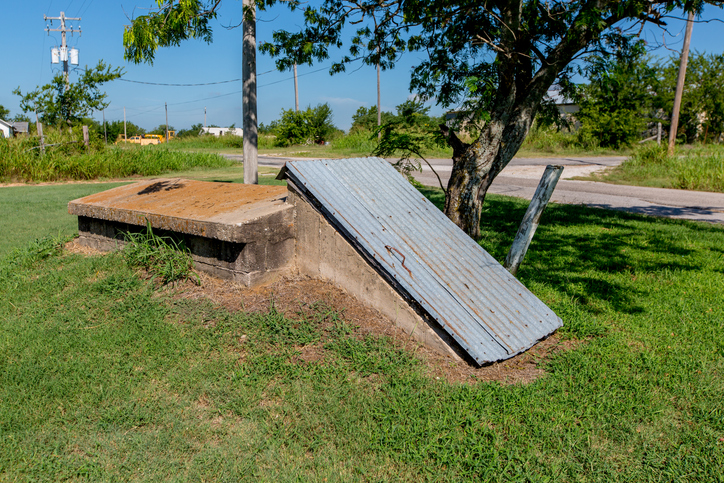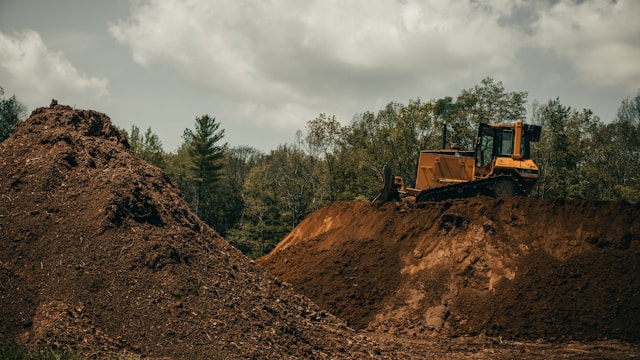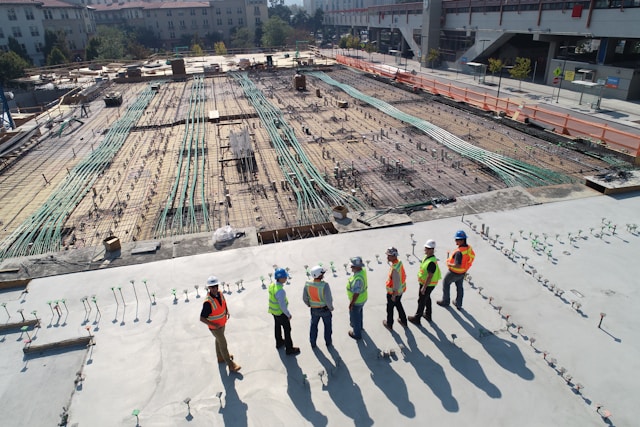In a world where assembling flat-pack furniture is considered a survival skill, you might wonder if building your own bunker is the next logical step in your DIY journey. Let’s face it, the thought of creating a safe haven with your own hands can be both thrilling and daunting. You’ve seen the tutorials, eyed the blueprints, and maybe even stashed away a hammer for good measure.
But before you start digging up your backyard, it’s crucial to weigh the scales of practicality against ambition. Factors like legal requirements, safety standards, and the ever-daunting budget need to be meticulously evaluated. And let’s not forget the challenges of long-term maintenance.
So, as you stand at the precipice of possibly embarking on one of the most significant projects of your life, one has to wonder: is DIY bunker building a path to safety or a disaster waiting to happen?
Stick around as we explore the depths of this underground dilemma.
Key Takeaways
- Thoroughly research and comply with local building codes and regulations, including obtaining necessary permits and approvals.
- Ensure safety and structural integrity by using materials and construction practices that meet safety requirements and considering the ability to withstand external pressures.
- Estimate and budget for the costs of materials, excavation, water and air systems, power supply options, and security measures when planning a DIY bunker.
- Prioritize maintenance and sustainability by regularly inspecting and maintaining the bunker, monitoring power usage and supplies, and implementing measures to prevent contamination and ensure functionality of systems.
Understanding Legal Requirements
Before diving into building your underground bunker, you’ll need to thoroughly research local building codes and regulations to ensure you’re in compliance. This first step is crucial in the process for building a DIY bunker, as legal requirements can vary depending on where you live. Not only does this phase involve assessing the area where you plan to construct your bunker, but it also includes understanding the type of bunker you can legally build.
Obtaining the necessary permits and approvals is a non-negotiable part of any construction project, including building one of these shelters. It’s essential to check for cracks in your understanding of zoning laws and property restrictions that might affect your project. Since these regulations are designed to ensure safety and environmental protection, adhering to them not only keeps you on the right side of the law but also guarantees the integrity of your construction.
Consider consulting with a legal professional to navigate the complex web of requirements. Their expertise can provide you with peace of mind, knowing that your bunker project complies with all relevant laws and regulations, setting a solid foundation for your construction project.
Assessing Safety Standards
When building your bunker, you’ll face challenges in adhering to regulatory compliance, ensuring you meet all legal and safety standards.
It’s crucial to consider the structural integrity of your shelter, focusing on its ability to withstand external pressures and hazards. You must also ensure the materials and construction practices you choose align with these requirements, guaranteeing a safe and secure environment.
Regulatory Compliance Challenges
Navigating the maze of local building codes and regulations is critical to ensure your bunker complies with safety standards. When you decide to build a bunker, understanding these regulatory compliance challenges is what you need to know first. It’s not just about wanting to build a cheap DIY project; it’s about making sure your underground bunkers or storm shelters are safe and legal.
| Challenge | Emotion |
|---|---|
| Zoning Laws | Anxiety |
| Ventilation Standards | Concern |
| Waste Disposal | Worry |
| Regular Inspections | Overwhelm |
| Safety Standards | Fear |
Keep in mind, while the idea of having a safe space filled with emergency food sounds like a good idea, ensuring your build meets all safety and legal requirements is paramount. Don’t let the dream of security turn into a regulatory nightmare.
Structural Integrity Concerns
Having tackled the regulatory hurdles, it’s crucial to focus on ensuring your bunker’s structural integrity meets the highest safety standards. When you decide to build a DIY underground shelter, whether it’s from shipping containers nestled into the side of a hill or a custom-designed fallout shelter, don’t just start digging without considering structural integrity concerns.
Assess the soil for its radiation-attenuating capabilities, particularly with elements like iron, and determine the necessary depth and soil thickness to reduce gamma radiation by over 95%. Ensure your bunker has a robust ventilation system, possibly incorporating an NBC air filtration system or a Kearny Air Pump, to protect against radioactive fallout.
Regular checks for radioactive contamination and a planned exit strategy, along with a battery-powered radio for updates, are paramount for safety.
Calculating Costs and Resources
To accurately budget for your DIY bunker, you’ll need to calculate costs for materials, excavation, and essential resources. Building a cheap DIY underground bunker isn’t just about digging a hole and throwing in some supplies. You’ve got to plan and prepare meticulously. Here’s a breakdown to help you visualize the process:
- Materials and Excavation: First, estimate the cost of soil, concrete, and other building materials based on your bunker’s floor plan. Don’t forget to include the price for renting or buying excavation equipment to dig a trench.
- Water and Air Systems: A reliable water tank, water filtration, and an air pump are crucial. Calculate the expenses for these systems plus additional items like water purification tablets to ensure a clean water supply.
- Power Supply: Whether you opt for solar panels, generators, or batteries, understanding the cost for your energy source is essential. Include installation fees in your calculation.
- Security Measures: Finally, consider the costs for an entry hatch, reinforced doors, locks, and possibly surveillance systems to keep your bunker secure.
Planning and Design Considerations
When planning your DIY bunker, selecting the right location and ground level is critical for ensuring the shelter’s safety and effectiveness. The planning and design phase is your blueprint for survival, especially if you’re prepping for scenarios like a fallout. As you delve into creating your nuclear shelter, remember that the underground haven mustn’t only be secure but also livable.
Carefully consider the bunker’s size. You’ll need enough square feet to comfortably house your family and the essential amenities. Don’t skimp on space, but also be mindful of the work involved in excavating a larger area.
Proper ventilation is a cornerstone of your bunker’s design. You’re creating an underground shelter, not a tomb. Incorporating a robust ventilation system ensures fresh air circulates, maintaining air quality and making the space habitable for extended periods. Factor in the need for at least one gallon of water per person per day and a waste disposal system that doesn’t compromise your bunker’s integrity or your family’s health.
Lastly, don’t overlook the importance of planning for emergency exits and communication systems. Your bunker should be a safe haven, not a trap, in times of crisis.
Construction Challenges
Building your DIY bunker introduces a set of unique challenges, from excavation hurdles to ensuring the structure’s integrity against natural and man-made threats. Whether you’re aiming for a nuclear shelter or a safe space to store essential supplies, here are four key construction challenges you’ll face:
- Excavation and the Environment: As you dig to build an underground sanctuary, you’ll likely encounter rocks, roots, and a variable water table. These can complicate excavation and require careful planning to avoid water infiltration.
- Material Selection and Structural Integrity: Choosing materials that balance cost and durability—like concrete, bricks, or steel—is vital. Ensuring your bunker withstands blasts, radiation, and the surrounding environment demands meticulous attention to the construction process.
- Ventilation and Air Quality: To prevent the buildup of carbon monoxide and ensure a breathable atmosphere, an effective ventilation system is essential. Filtration systems are also crucial for maintaining air quality in your underground retreat.
- Waterproofing and Drainage Solutions: Protecting your bunker from moisture involves more than just slapping on some plastic sheeting. Implementing proper drainage and waterproofing measures is critical to prevent flooding and ensure the longevity of your shelter. Don’t forget to plan for extra storage space for these systems.
Long-Term Maintenance and Upkeep
After addressing the initial construction challenges of your DIY bunker, it’s crucial to focus on its long-term maintenance and upkeep for durability and safety. For long-term stays, ensuring the bunker remains habitable and secure is essential. Regular maintenance and upkeep are vital components of this process.
| Area of Concern | Maintenance Tip | Impact on Long-Term Stays |
|---|---|---|
| Power Source | Regularly check batteries, generators, and solar panels for functionality. | Ensures continuous power for lighting, composting toilets, and water heaters. |
| Water and Food Supplies | Rotate supplies, ensuring clean water and the shelf life of canned goods. | Prevents spoilage and guarantees nutrition and hydration. |
| Temperature and Humidity | Install and maintain a reliable HVAC system. | Keeps the environment comfortable and prevents mold growth. |
| Security | Develop a plan, install strong locks, and consider cameras and alarms. | Protects against unauthorized access and enhances safety. |
Conclusion
In conclusion, building a DIY bunker can indeed be a viable option if you’re diligent about understanding legal requirements, adhering to safety standards, and accurately calculating your costs and resources. Thorough planning and design are crucial, as well as preparing for potential construction challenges. Remember, the work doesn’t stop once it’s built; long-term maintenance and upkeep are key to ensuring your bunker remains a safe haven.
So, weigh your options carefully and proceed with caution and thorough preparation.

